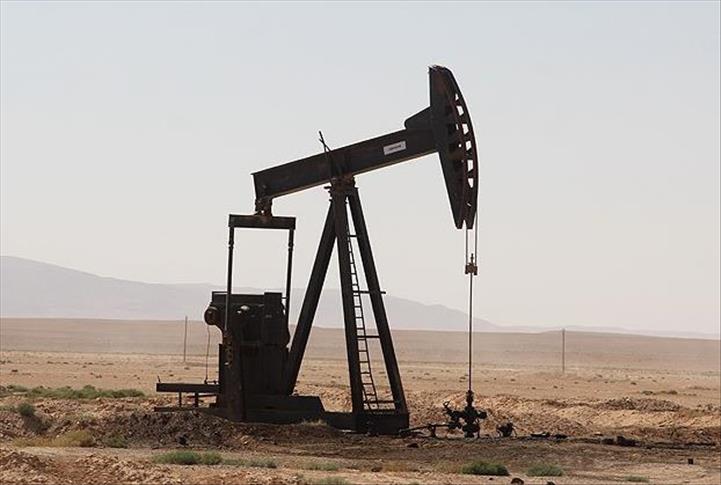Foreign Policy Brief #210 | Damian DeSola | August 8, 2025
South Sudan is the youngest country in the world in terms of its autonomous foundation. Once part of Sudan, it achieved semi-autonomy in 2005 after years of brutal civil war as part of its now northern neighbor. Eventually, under referendum, the people of South Sudan voted for absolute autonomy in 2011, legally breaking away from Sudan.
However, even with this newfound autonomy, the fourteen-year-old country finds itself in the thralls of crisis. Within two years of gaining independence, the country fell to civil war after President Salva Kiir and Vice President Riek Machar rallied different parts of the Sudan People’s Liberation Movement (SPLM) against each other. While the civil war ended with the 2018 Revitalized Peace Agreement (2018 RPA), factionalism remains and is the basis for the reignition of conflict this year.
Economic Crisis
South Sudan finds itself in a difficult economic situation. In 2024, Global Finance ranked the country as the poorest in the world in terms of GDP-PPP. Of its 12.2 million people, about 7.7 million are considered food insecure, 2.3 million children are at risk of malnutrition, and two counties are nearing famine. Exacerbating the existing humanitarian crisis, refugees fleeing from the Sudanese Civil War (2023-present) into South Sudan reached over 1.1 million.
90% of government fiscal revenue is received through its oil industry, leaving the country entirely dependent on oil exports. Without economic diversification, shocks to the oil market can have dramatic consequences for the people of South Sudan. The main transportation for South Sudanese oil for export is through Sudan, and the Sudanese Civil War is causing disruptions. As a direct result of the war, the annual GDP of South Sudan dropped a staggering 27.6% from 2023 to 2024.
However, much of the failure in economic improvement falls on government mismanagement. A lack of government transparency in facilitating oil revenues through the state-owned Nile Petroleum Company display clear signs of internal corruption. The government’s fiscal mismanagement now leaves them stuck attempting to repay international loans, thereby losing trust with lenders and preventing further loans for debt restructuring.
However, the International Monetary Fund (IMF) approved a nine-month Staff-Monitored Program (SMP) this past June and is pending approval sometime in August. While not a golden ticket, the program offers South Sudan an opportunity to escape its financial woes in the short-term. As stated by the IMF, “Steadfast implementation of the governance and accountability reform agenda will be critical to addressing the country’s sources of fragility and creating an environment conducive to strong, diversified, and sustained growth and improved living standards. This includes the governance and transparency of oil-related investment programs.”
Escalating Conflict
Over the past three years, organized violence in South Sudan has steadily increased and reached a breaking point this past March. In a UN report, year-on-year violence increased 15%, the leading cause being community-based militias whose total victims were 80% civilian. These tensions were sparked by the arrest of opposition leaders, including President Salva Kiir’s main political and military opponent Vice President Riek Machar for “plotting rebellion”.
The UN also reports that the transitional government skirted requirements of the 2018 RPA by recruiting through the South Sudan People’s Defense Force (SSPDF) instead of training the nonpartisan Necessary Unified Forces (NUF). The NUF shows clear neglect, with only 7% of the planned deployment met as of October 2024. These actions demonstrate the transitional government’s disregard for the balance of power the 2018 RPA attempts to enforce. By ignoring these provisions, the government signals hard-power centralization and distrust of signing partners. Alongside economic turmoil, the course of events turned South Sudan into a powder keg.
Tensions boiled over this past March, as local clashes between government forces and militias turned into massive government airstrikes on opposition bases. Attacks have spread across South Sudan and have caused mass civilian casualties and are forcing displacement. The government is under scrutiny for violating international arms embargo provisions of the 2018 RPA by involving Ugandan forces in the escalating conflict. Amnesty International and the UNare calling for an immediate reimplementation of the arms embargo and the 2018 RPA. Since the deterioration of security conditions in March, the conflict remains ongoing as reported by the International Crisis Group. Clashes between various militias and government forces continue with no sign of potential peace talks.
Finding Elusive Peace
In its earliest years of sovereignty, the nation of South Sudan finds itself struggling to keep itself intact. With economic strife and rising conflict between armed groups, the people of South Sudan seem headed for continued low standards of living. The United Nations deems it absolutely necessary for intervention by international actors and organizations like the African Union and the Intergovernmental Authority on Development in preventing another Civil War.
In terms of economics, the IMF claims that, “The short- and medium-term economic outlook is moderately favorable and improving, contingent on a continuously improving security environment and political stability.” As mentioned, the security situation is worsening, but IMF projections still predict a bump in GDP in the coming half-decade. Whether or not this occurs remains to be seen, but one can hope that a confluence of international actors and organizations will aid this fledgling young country away from becoming a failed state.
Engagement Resources
- International Rescue Committee South Sudan donation page
- UNHCR South Sudan donation page
- World Food Programme South Sudan Famine Emergency page

